How to request a Certificate of Origin from the Ministry of Economy?
Apply for your Certificate of Origin correctly at the Ministry of Economy and access tariff benefits.
What is a Certificate of Origin and why is it important?
In a world where global logistics and foreign trade are evolving rapidly —driven by trends such as nearshoring in Mexico and North America—, companies seek to maximize efficiency and reduce costs. A key instrument to achieve this is the Certificate of Origin. This is an official document that accredits the country where a good was manufactured or produced, and certifies that it complies with the rules of origin of some free trade agreement (FTA). This allows the exporter to access preferential tariff treatment (reduced or no tariffs) in the destination country. Conversely, without this certificate, the merchandise could face general tariffs (MFN) or even entry restrictions.
“The Certificate of Origin is a basic tool for knowing if your products will face entry restrictions or preferential tariff treatment in other countries, thanks to trade agreements”
The importance of this document is strategic. Mexico has 14 existing free trade agreements covering 50 countries, including key partners in America, Europe and Asia.
Thanks to this network, more than 80% of Mexican trade is carried out under agreements that guarantee tariff benefits. For example, under the T-MEC (Treaty between Mexico, the United States and Canada), the vast majority of Mexican goods can enter the United States or Canada with 0% tariff, provided that their North American origin is proven in accordance with the agreed rules.
In practice, this gives Mexican companies a competitive advantage by reduce export costs and boost their international sales. It is no coincidence that the nearshoring boom has brought greater manufacturing investment to Mexico: in 2023 Mexico captured the 17% of investment oriented to North America from China (Monex, 2023), largely thanks to the certainty provided by these trade agreements and their tariff preferences.
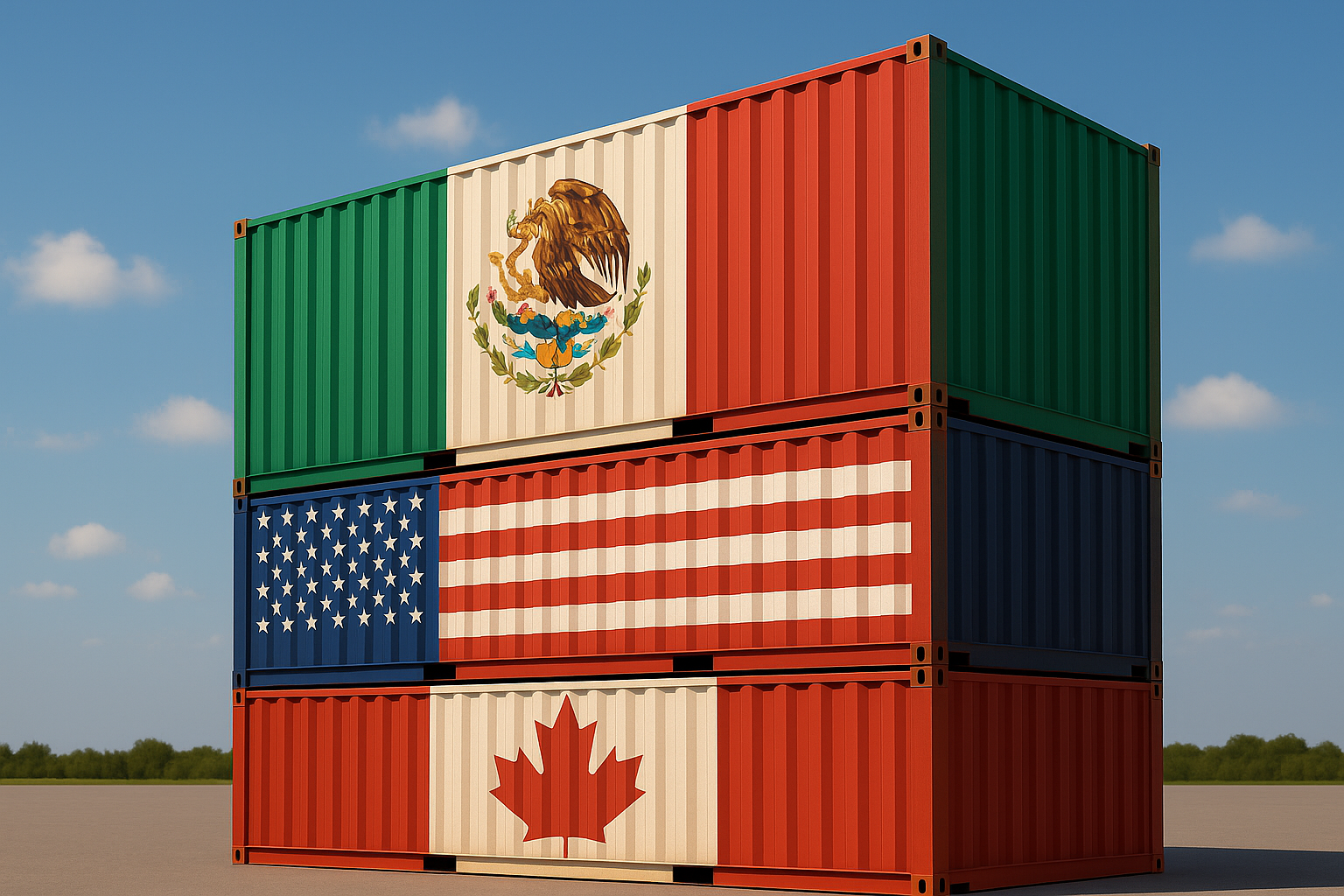
In short, the Certificate of Origin is essential in Mexico's international trade operations. It is regulated by the Secretariat of Economy, which acts as the competent authority to issue it through the Mexican Single Window for Foreign Trade (VUCEM).
Below, we detail How to properly request a Certificate of Origin step by step through this official platform.
Who requests it most often?
Mostly manufacturing export companies who take advantage of FTAs to access zero or reduced tariffs. But also:
- IMMEX (makeup artists): Automotive, aerospace, electronic, electrical, textile and home appliances. They export on a recurring basis and require certification of origin to remain competitive.
- Automotive and auto parts: Manufacturers and Tier-1/Tier-2 constantly certify origin (T-MEC: strict rules for VCR, steel/aluminum, LVC). To other markets (EU/AL) they process certificates with the SE.
- Electronics, electrical and white line: High integration into global chains; they use certificates to enter the U.S. tariff-free UU. /Canada, EU and AL.
- Agri-food and agro-industrial: Fruits, vegetables, meat, fishing/aquaculture, beverages (tequila, beer). They take advantage of quotas and preferences (e.g., EUR.1 in the EU).
- SMEs and artisanal producers: Handicrafts, textiles, natural cosmetics, coffee/mezcal; certificates allow them to be competitive in markets with TLC (some may choose an Authorized Exporter).
- Major retailers (ex ALTEX/ECEX): Accustomed to high volumes and the systematic use of certifications.
In short: Most regular exporters to countries with FTA need some mechanism for certification of origin (formal certificate or self-certification, depending on the agreement). This is especially true in North America, the EU and Latin America, where the bulk of Mexican exports are concentrated.
Steps to request a Certificate of Origin in Mexico issued by the Ministry of Economy
1. Have a valid electronic signature (e.signature)
Before starting, it is essential to have your e.signature (formerly called FIEL). The e.signature is the advanced electronic signature provided by the SAT, and will be required to enter VUCEM and digitally sign the certificate request. If you don't have it yet, you must file it with the SAT; if you already have it, check that it is current. Without a valid e.signature you will not be able to access VUCEM or sign the application, so this requirement is essential.
2. Log in to VUCEM
Access the official portal: Mexican Single Window for Foreign Trade (VUCEM), available in www.ventanillaunica.gob.mx. Sign in using your FIEL/E.Firma certificate. Within the platform, navigate to the procedures menu of the Ministry of Economy, “Certificates of Origin” section. From there, you can start a new request. VUCEM digitally centralizes this and many other foreign trade procedures, avoiding face-to-face paperwork and streamlining management.
3. Select the corresponding free trade agreement
Once inside the Certificates of Origin section, the system will ask you to choose the treaty or commercial agreement under which you are going to issue the certificate. Carefully select the TLC applicable to your export, as each agreement has its own rules of origin and certificate format. Mexico has several treaties in force; for example, you can choose between:
- Pacific Alliance
- Mexico-Colombia TLC
- Mexico-Chile TLC
- European Union
- Japan
- Central America
among others.
Select the one that corresponds to your export destination and make sure you know the specific origin rule that applies to your product in that treaty.
4. Fill out the electronic form at VUCEM
Next, you should complete the digital form of the Certificate of Origin within VUCEM. This form will ask you for detailed information, which typically includes:
- Exporter and importer details: Company name, address and other contact details of the exporting company (you) and the foreign importer.
- Description of the merchandise: Clear detail of the products to be exported. It must be accurate and match the commercial invoice, indicating characteristics that allow them to be identified.
- Tariff fraction (HS Code): The tariff classification of each product, at the required level (usually 6 digits of the Harmonized System, or 8 digits if the national subheading is specified). It is crucial that the tariff fraction is updated according to the latest revision of the current Harmonized System.
- Applicable rule of origin: According to the selected treaty, indicate the criterion or number of origin that the merchandise complies with. For example, it could be based on a percentage of regional content, change in tariff classification, specific manufacturing process, etc., as stipulated in the FTA.
- Period covered by the export (if applicable): Some treaties allow certificates to be issued to cover multiple shipments over a period (for example, recurring shipments for up to 12 months). If so, indicate the start and end date of the period that the certificate will cover. (Note: If no period is specified, the certificate will apply only to shipment on the date of signature.)
- Signer's statement and data: At the end of the form, you should normally include a statement protesting to tell the truth that the information is correct and that the merchandise complies with the rules of origin. You will also include the name, position and contact details of the authorized person signing (usually the exporter or their legal representative).
Take the time to carefully review all fields. An error in data such as the tariff fraction or the description could result in delays or in the certificate being rejected by the customs authorities of the destination country.

5. Sign the application and submit electronically
Once you have filled out the form at VUCEM, proceed to sign the application with your e.firma. The platform will tell you how to apply your digital signature; in doing so, the system will validate the information and send your request to the Ministry of Economy for review.
After submitting, VUCEM will generate a Acknowledgement of the procedure. The Ministry of Economy, through the General Directorate of Trade Facilitation and Foreign Trade (DGFCCE), will verify that everything is in order (for example, that you have registered the product and that it complies with the rule of origin). If everything is correct, will issue the Certificate of Origin corresponding.
Currently, the process is highly digitized: once approved, the electronically signed certificate of origin is automatically sent in PDF format to the email registered with VUCEM. You can also download the PDF by going to the “Claims and Resolutions” section in the Single Window itself. Keep in mind that this PDF is informative and contains the electronic signature of both the exporter and the official of the Ministry of Economy who validates it. This double electronic signature gives legal validity to the certificate within the framework of the treaty. In fact, Mexico and several countries (e.g. those of the Pacific Alliance) officially recognize electronic certificates of origin exchanged via VUCEM, without requiring physical prints or stamps.
{{4pl}}
Key recommendations for a successful application
- Tariff classification: Verify that the fraction is up to date (SA 2022). An incorrect code overrides the preference. If in doubt, consult a specialist.
- Source compliance: Confirm that your product complies with the origin rule (regional content, fraction change, etc.). Have calculations and documents ready, as customs can audit for up to 5 years.
- Documentary evidence: Keep invoices, bills of materials, supplier certificates, process sheets. These backups are key to subsequent checks.
- Validity of the certificate: If you export continuously, take advantage of the option of long-term certificates (up to 12 months). Correctly state the dates and conditions of origin.
- Authorized exporter: Frequent companies (IMMEX, recurring exporters) can request this figure to certify the origin of the invoice, without a shipment procedure. It applies to treaties such as the EU or the Pacific Alliance.
- Logistic advice: For complex operations (project loads, RoRo, LoLo), rely on a 4PL forwarder. A foreign trade expert ensures that the documentation is in order and avoids customs delays.
📩 At InterDabs we guide you throughout the export process, from the tariff classification of your products to the successful obtaining of the Certificate of Origin.
👉 Contact us if you export under an FTA and want to ensure the correct issuance of your certificates, making the most of the tariff benefits for your company.
Everything your logistics needs







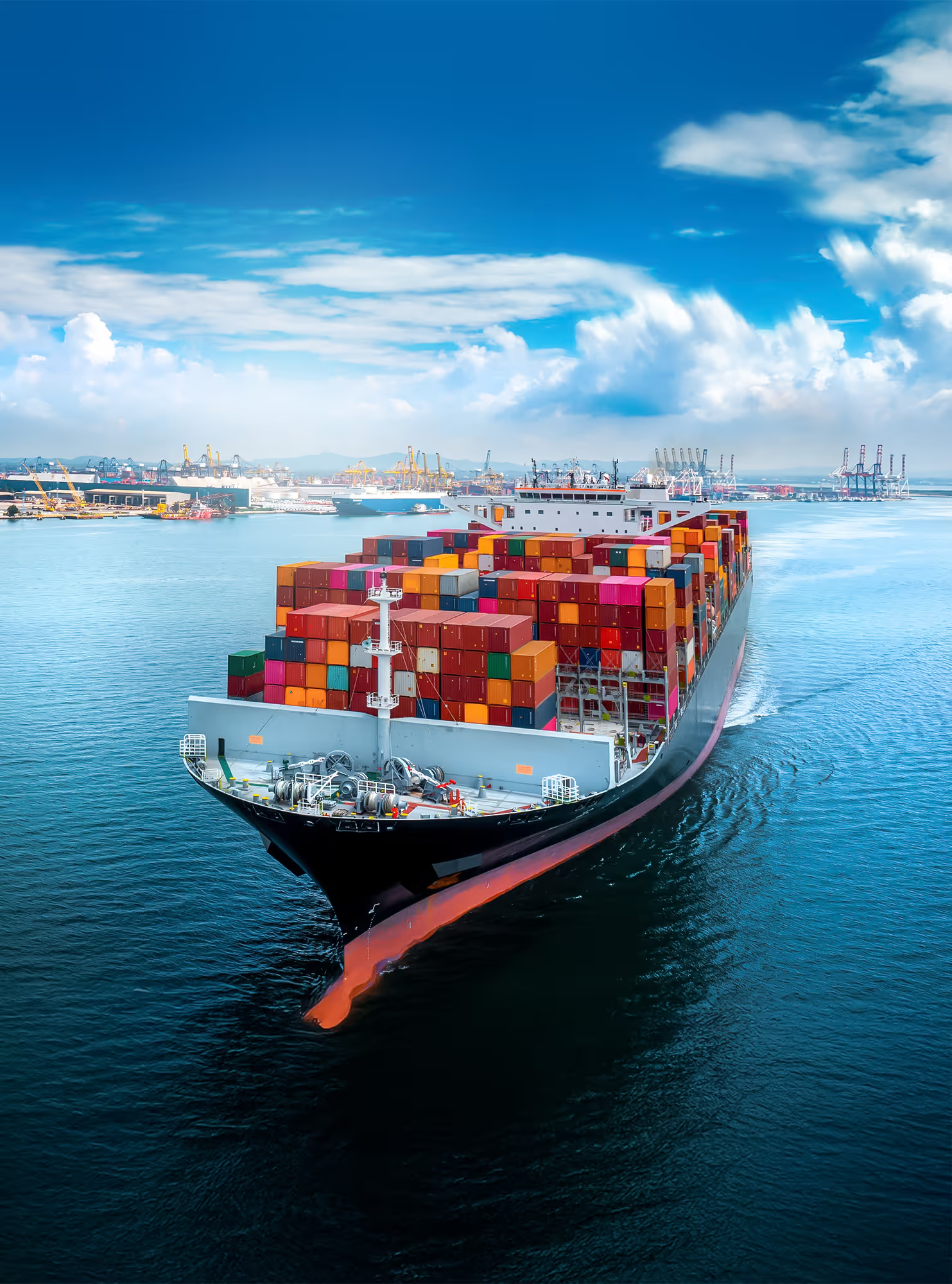
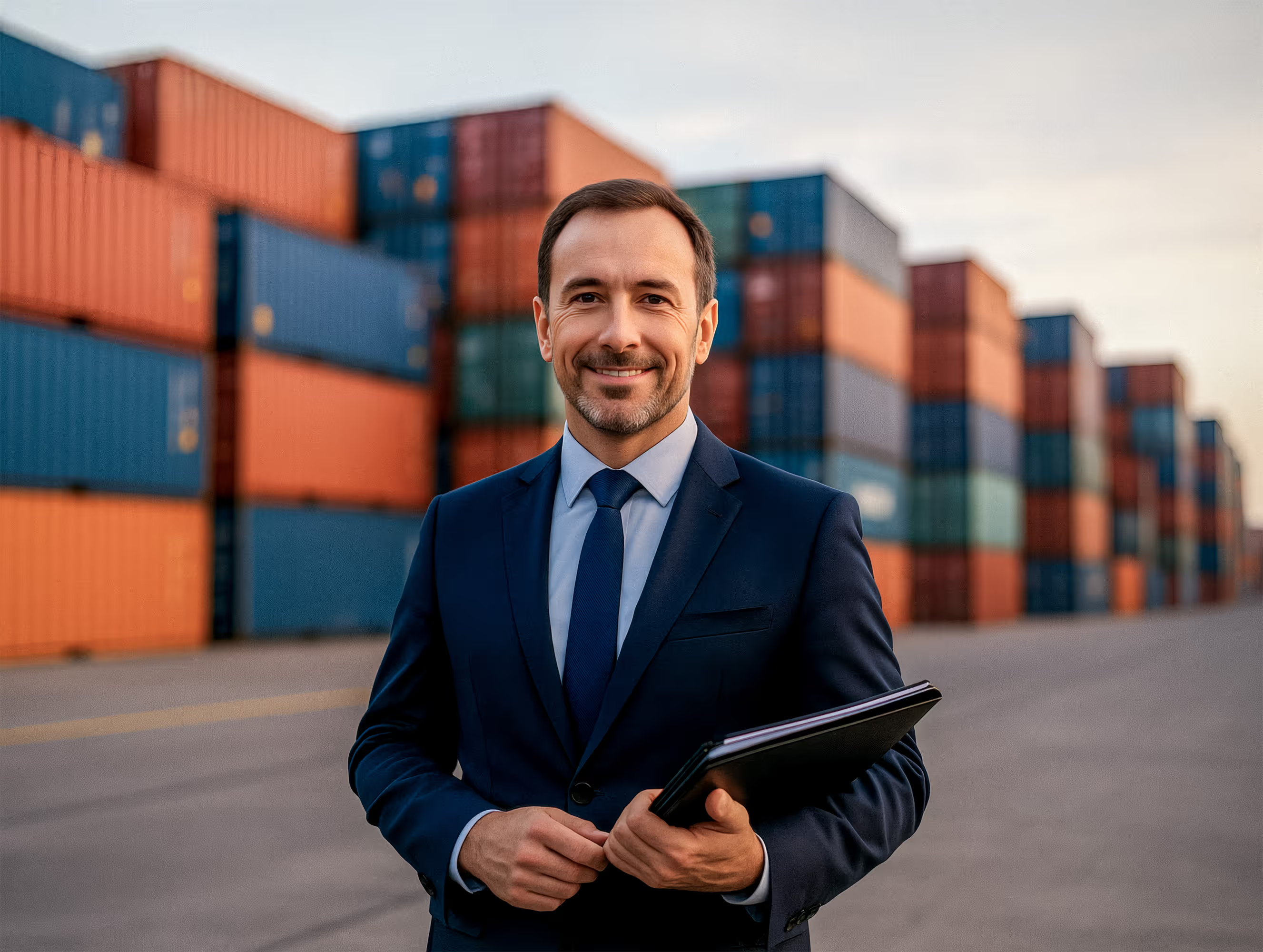

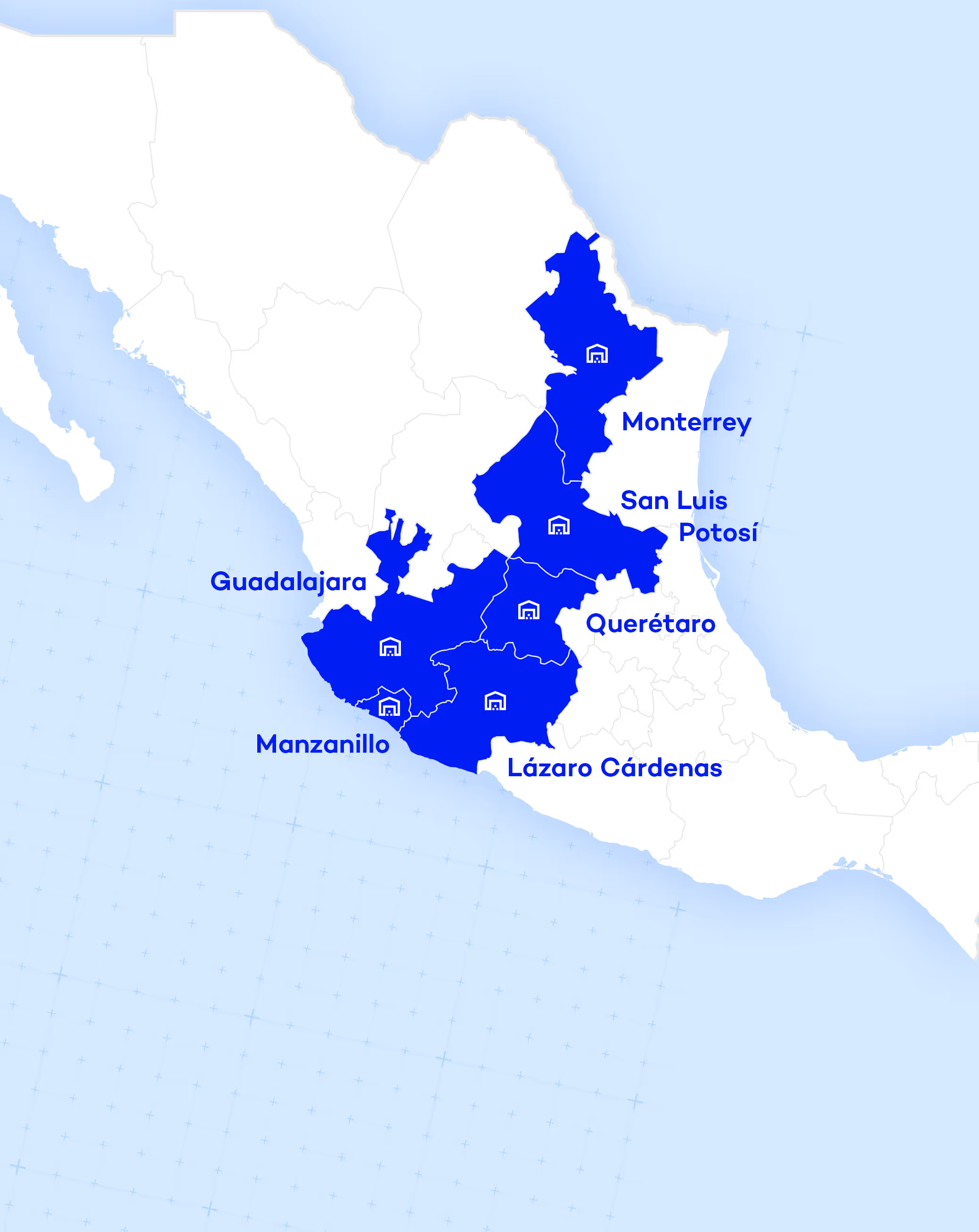
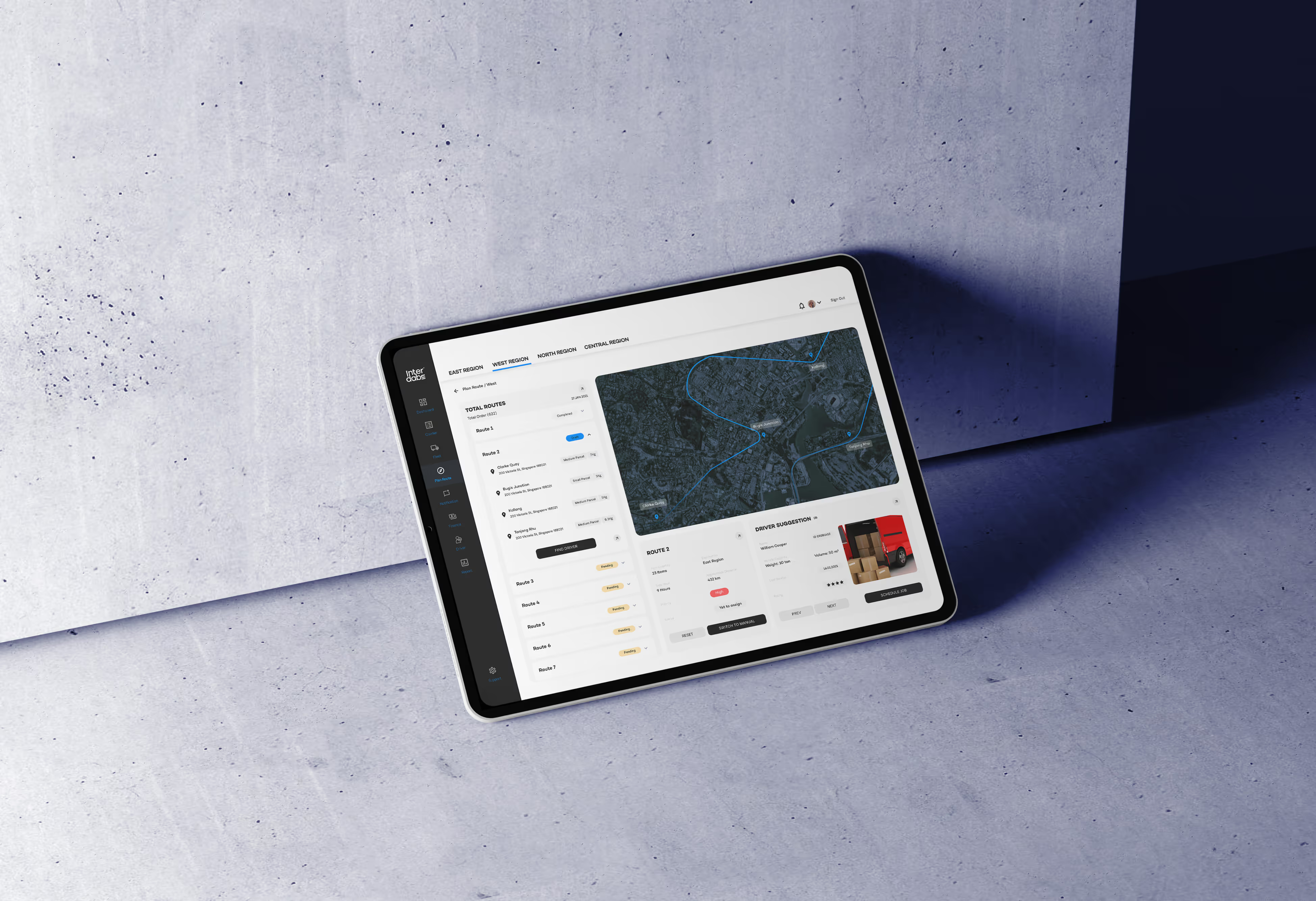
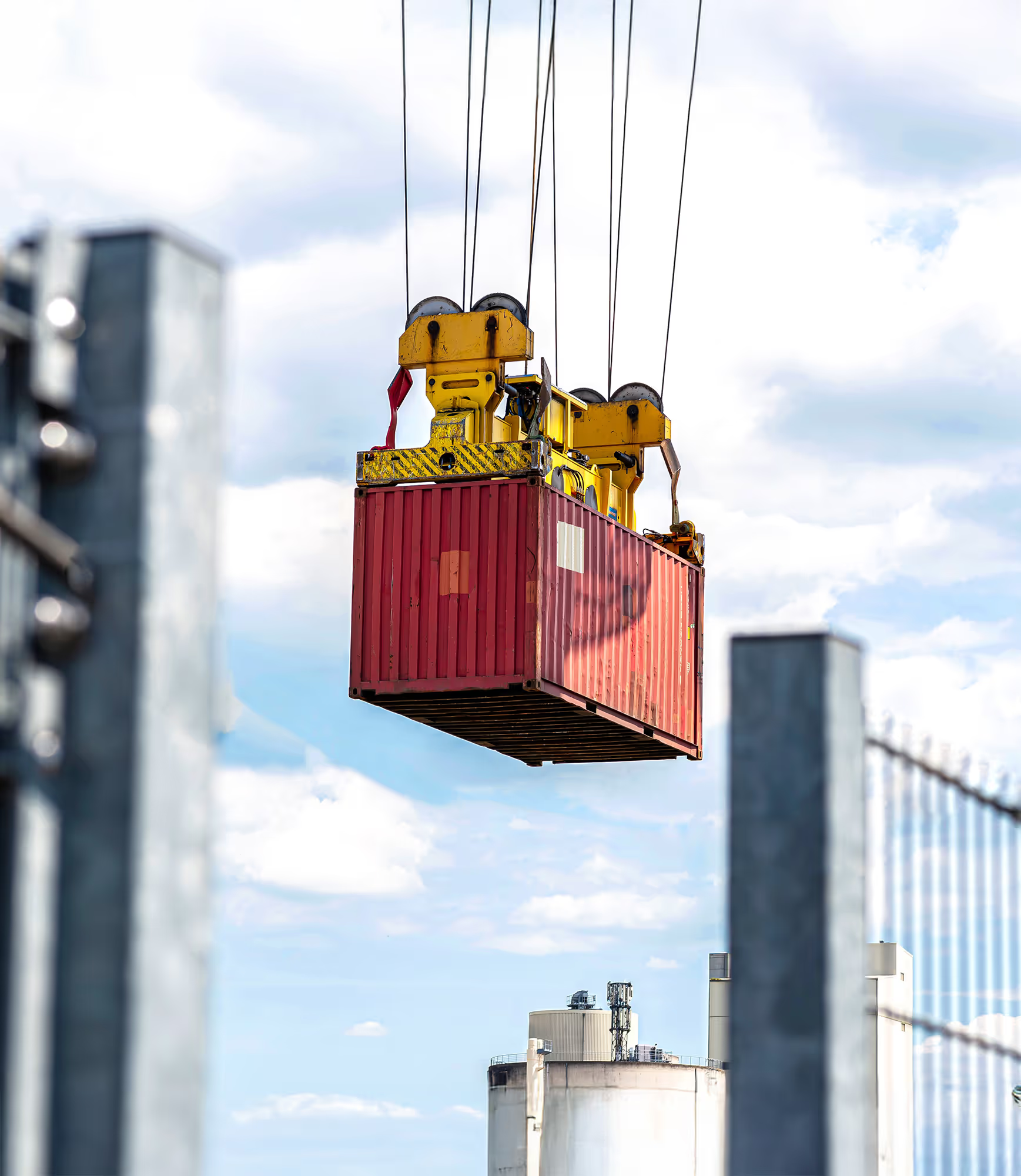
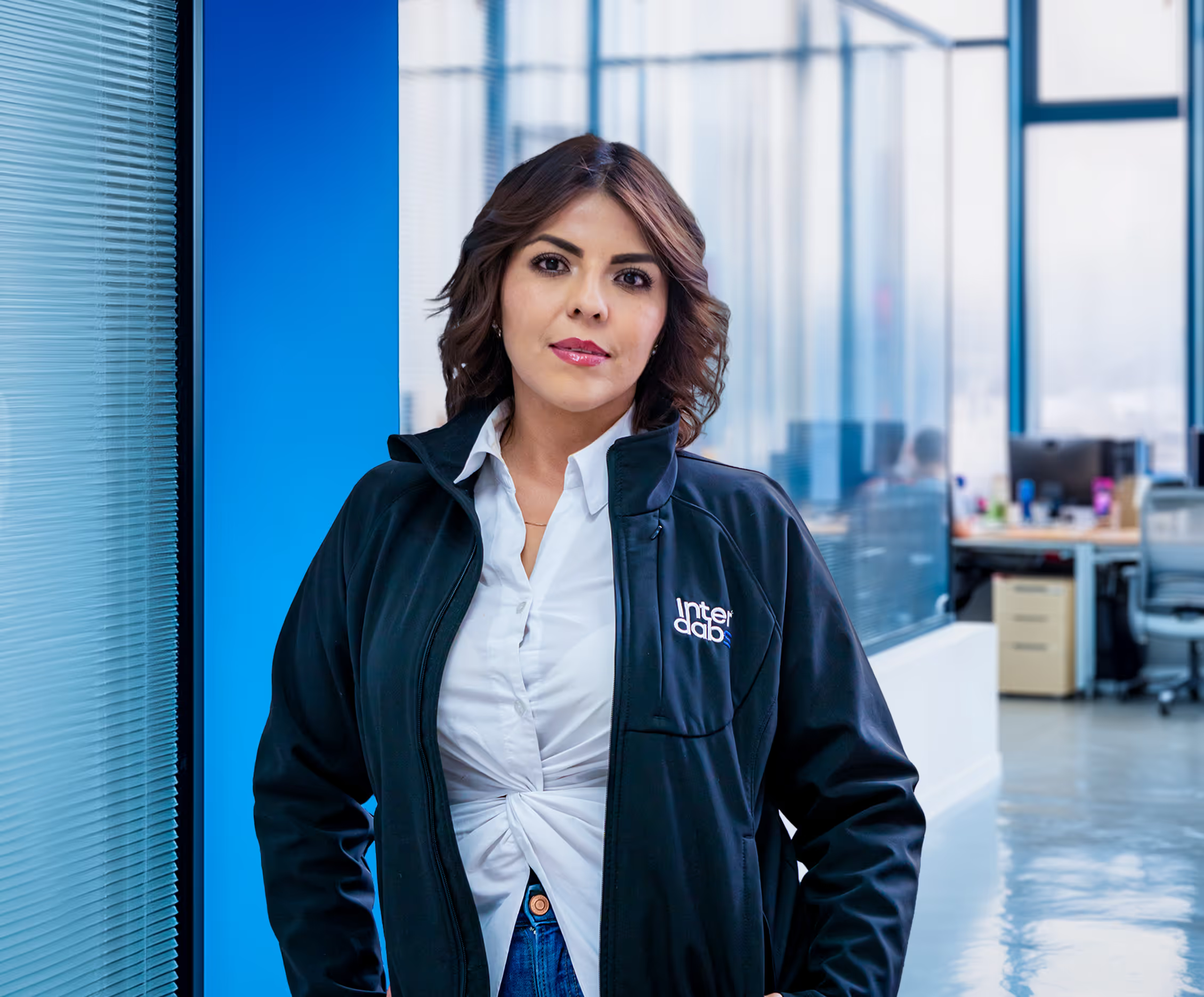

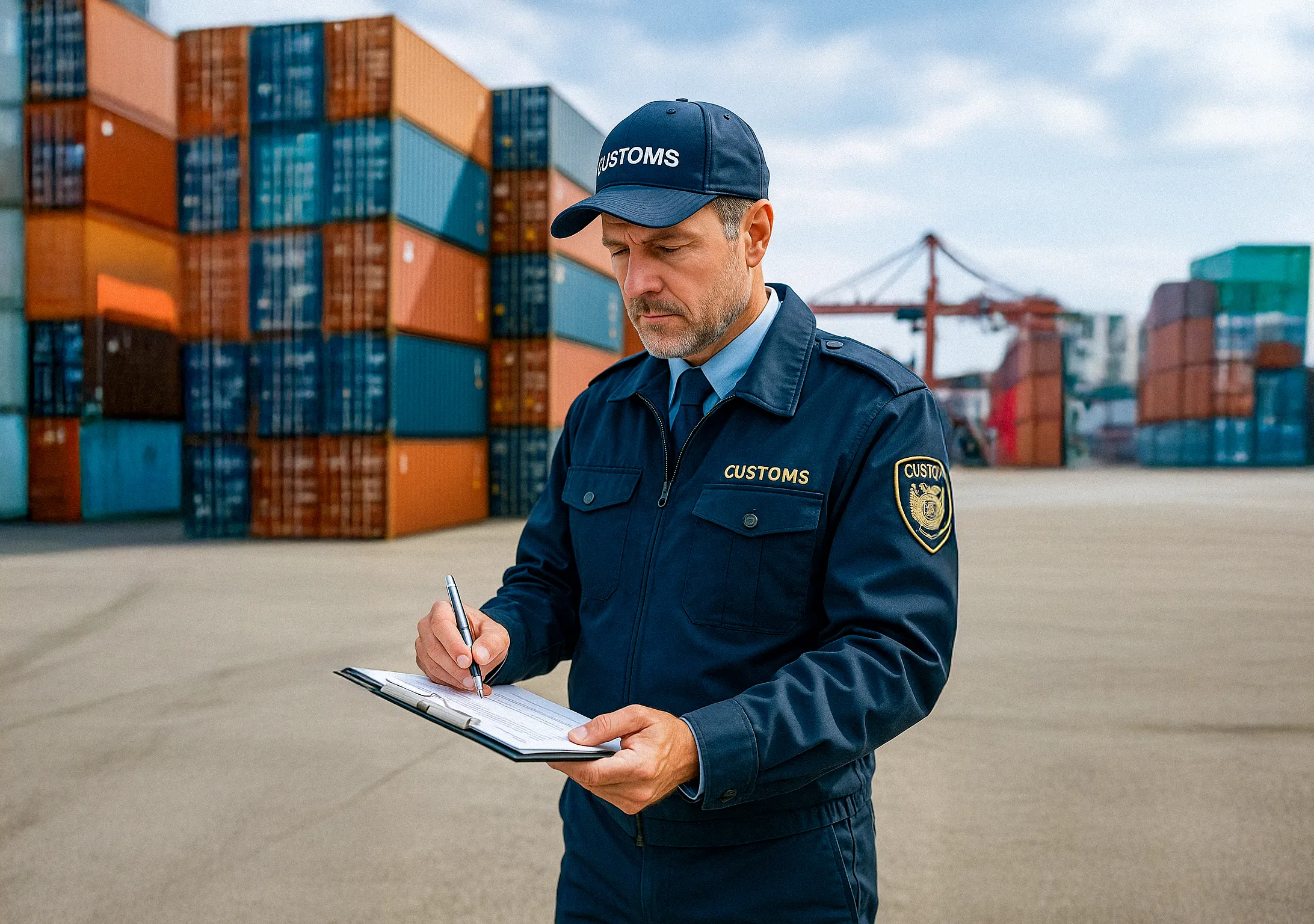
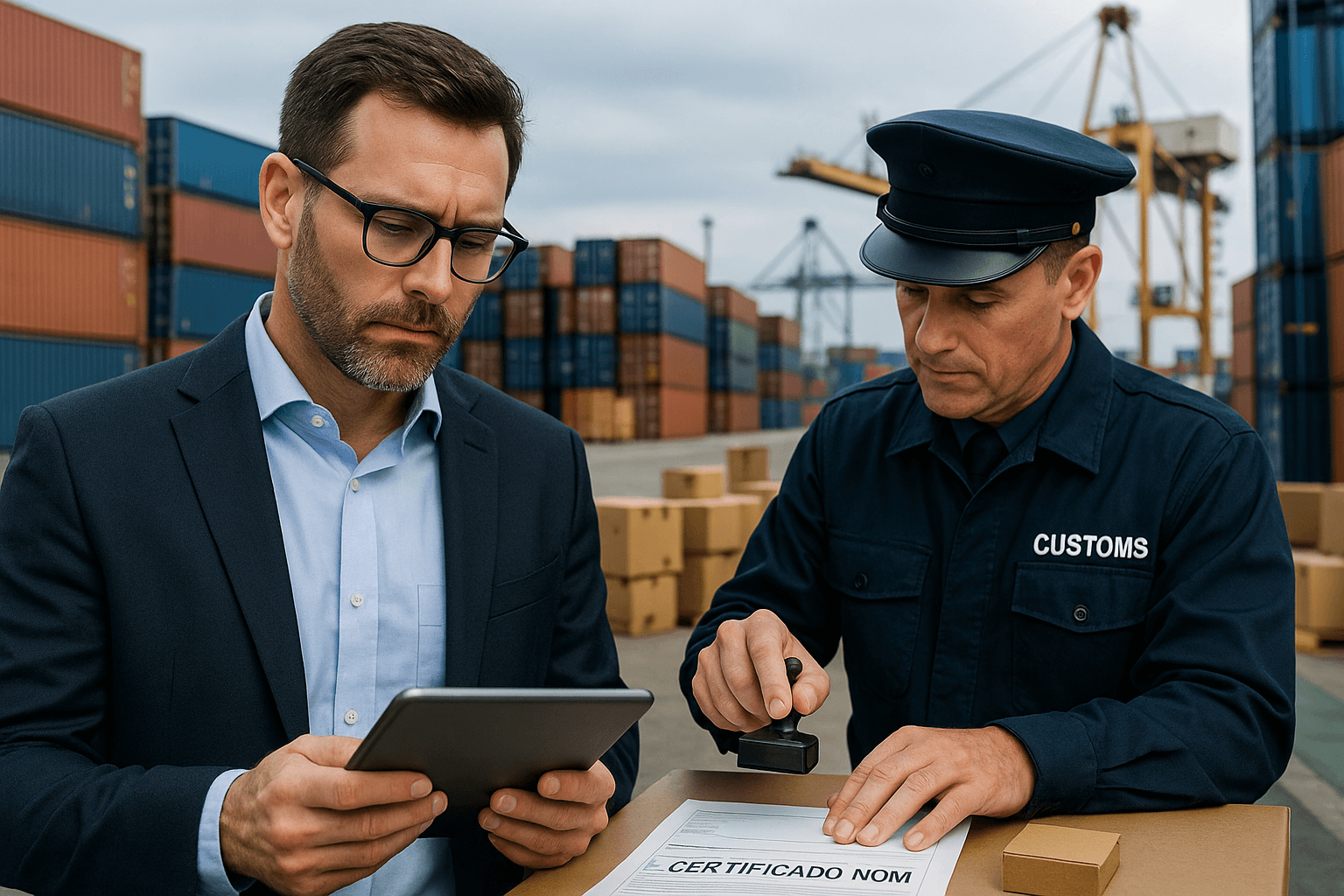
.png)